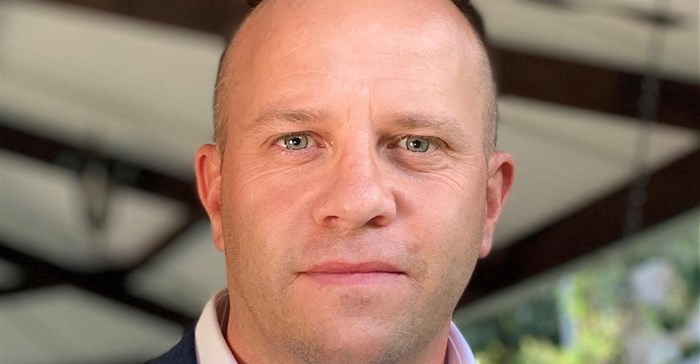
Top stories






More news






HR & Management
Kickstart your career: 7 steps to get job-ready in 2026








There are a whole host of reasons for that insurance shortfall, including the country’s deep-set economic troubles and lack of education around the need for insurance and the benefits it brings. But it’s also worth bearing in mind that insurers aren’t powerless when it comes to bringing the underinsured and uninsured into their collective fold.
Using digital technologies, they can create innovative products and experiences that make insurance more accessible, flexible, and relevant.
In South Africa, insurers are increasingly aware of the benefits of digital-first insurance offerings. When customers can make a claim using only a few taps of their smartphone or add an item to their household insurance just by taking a photo of it, insurance becomes far more convenient and much less of a grudge purchase. That’s a powerful nudge for a large portion of consumers.
But insurers can reap massive benefits too. Some of these differences benefit customers as well. The more functions are automated, for instance, the fewer resources insurers have to dedicate to those functions, allowing them to keep prices low. That’s to say nothing of the behavioural nudges (such as app-based monitoring of driver behaviour) which encourage people to behave more safely, reducing the need to make claims and driving further savings to the customer.
But taking a digital-first approach also allows insurers to identify other operational efficiencies and save costs across the board. Additionally, customer data can more easily be collected and analysed, allowing insurers to develop innovative new products and services and open up new markets.
Of the developments rolled out by mainstream insurers, perhaps the most promising when it comes to growing into uninsured and underinsured markets is flexible insurance. So, for example, a car owner can choose to turn on accident cover only on the days they’re driving. For people who work remotely, or regularly take public transport, that can dramatically reduce the cost of insurance. That in turn, means that they’re more likely to stay insured and may even shift their savings into other forms of insurance.
I believe that insurers need to be more serious about growing their customer base among those who are uninsured and underinsured. In order to do so, they must go beyond simply adding features (however innovative they might be). Instead, the whole organisation needs to apply digitally transformed thinking to understand how to best meet the needs of these potential customers.
An insurer should, for example, be asking if the limited features and usability of its portal are preventing expansion. If it isn’t intuitive and user-friendly, people will quickly give up on it. Remember, insurance is a grudge purchase: it needs to be as easy as possible to take out and use.
One way to do that is through extensive testing, ensuring a consistently good experience no matter what device is used. This can, however, also be achieved by simplifying the back-end architecture and using a digital experience platform (DXP) to unlock the possibilities of enterprise-exclusive content management capabilities and UI/UX options.
When one Indian insurer took the second route, it was able to significantly expand its rural visibility, increase customer retention, get updates and news out more quickly, and accelerate the amount of time it takes to get new features to market. During the Covid-19 pandemic, for example, it was able to make a low-cost insurance option available to communities who otherwise wouldn’t have had access.
In emerging markets especially, bridging the gap between rural and urban citizens represents a major opportunity for insurers. Doing so might mean training entrepreneurs who can help rural citizens access insurance products digitally, even if their own digital skill sets are lacking, but it can also mean creating innovative insurance products for people in rural areas.
What this ultimately shows is that insurance isn’t only something that should be within everyone’s grasp, but that it can be. Digital technologies can’t guarantee the shifts necessary for this to happen, but they can make it easier.
In order for that to happen, however, insurers have to consider the wants and needs not just of their existing customers who are underinsured, but also of potential customers who are currently uninsured.